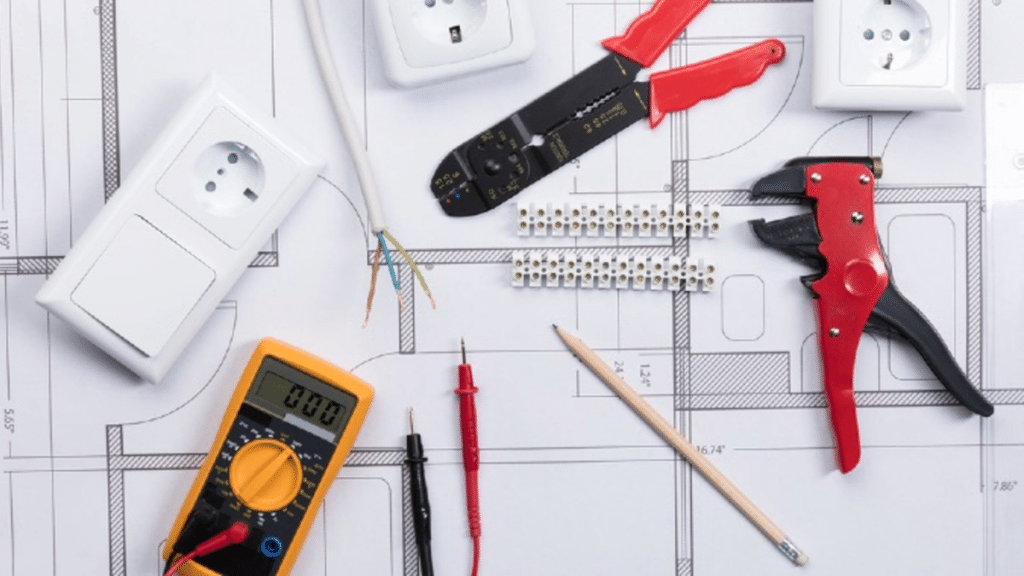Electrical safety is a critical aspect of property management and maintenance, ensuring that buildings remain safe and functional for occupants. One essential document for this purpose is the Electrical Installation Condition Report (EICR). In this blog, we will explore what an EICR is, why it is important, and who needs it.
What is an EICR?
An Electrical Installation Condition Report (EICR) is a detailed assessment designed to inspect and test the electrical systems within a property. The purpose of the report is to evaluate the condition of the electrical systems and ensure they are safe for continued use. It identifies potential risks, defects, and areas of non-compliance with current electrical regulations.
Why is an EICR Important?
1. Ensures Safety
Electrical faults can lead to serious hazards, including fires and electric shocks. Regular EICRs help identify and rectify these issues before they become dangerous.
2. Legal Compliance
For landlords in the UK, it is a legal requirement to provide tenants with an EICR to prove the property’s electrical systems are safe. Failure to comply can result in significant penalties.
3. Prevents Costly Repairs
Addressing minor electrical issues early can save property owners from costly repairs or replacements in the future.
4. Peace of Mind
Whether you are a homeowner, landlord, or business owner, an EICR offers reassurance that your property’s electrical systems are in good working condition.
Who Needs an EICR?
1. Landlords
Landlords are legally required to ensure their rental properties meet electrical safety standards. An EICR must be conducted every five years or at the start of a new tenancy.
2. Homeowners
While not legally required, homeowners can benefit from periodic EICRs to ensure the safety of their families and protect their investments.
3. Businesses
Commercial properties are subject to strict health and safety regulations. Regular EICRs ensure compliance and protect employees and customers.
What Does an EICR Involve?
1. Visual Inspection
A qualified electrician will inspect the electrical installations, looking for visible signs of damage, wear, or non-compliance.
2. Testing
Specialized equipment is used to test circuits, wiring, and other components for safety and functionality.
3. Grading Defects
Each issue identified is graded:
C1: Immediate danger; requires urgent action.
C2: Potential danger; action needed.
C3: Improvement recommended.
4. Issuing the Report
After the inspection, the electrician will issue an EICR detailing the findings and any recommended remedial actions.
How Often Should You Get an EICR?
- Rental Properties: Every 5 years or at the start of a new tenancy.
- Homeowners: Every 10 years or when moving into a new property.
- Commercial Properties: Typically every 5 years, though this can vary based on the nature of the business.
How to Get an EICR?
Obtaining an EICR is straightforward. Contact a qualified and registered electrician or a trusted service provider like EICR Cert to schedule an inspection. Ensure the electrician holds appropriate certifications and has experience conducting EICRs.
Conclusion
An Electrical Installation Condition Report is far more than mere documentation—it’s an essential safeguard for ensuring the safety and compliance of your property’s electrical systems. Whether you are a landlord, homeowner, or business owner, regular EICRs provide peace of mind and protect against potential hazards. Schedule your EICR today to stay safe and compliant.
